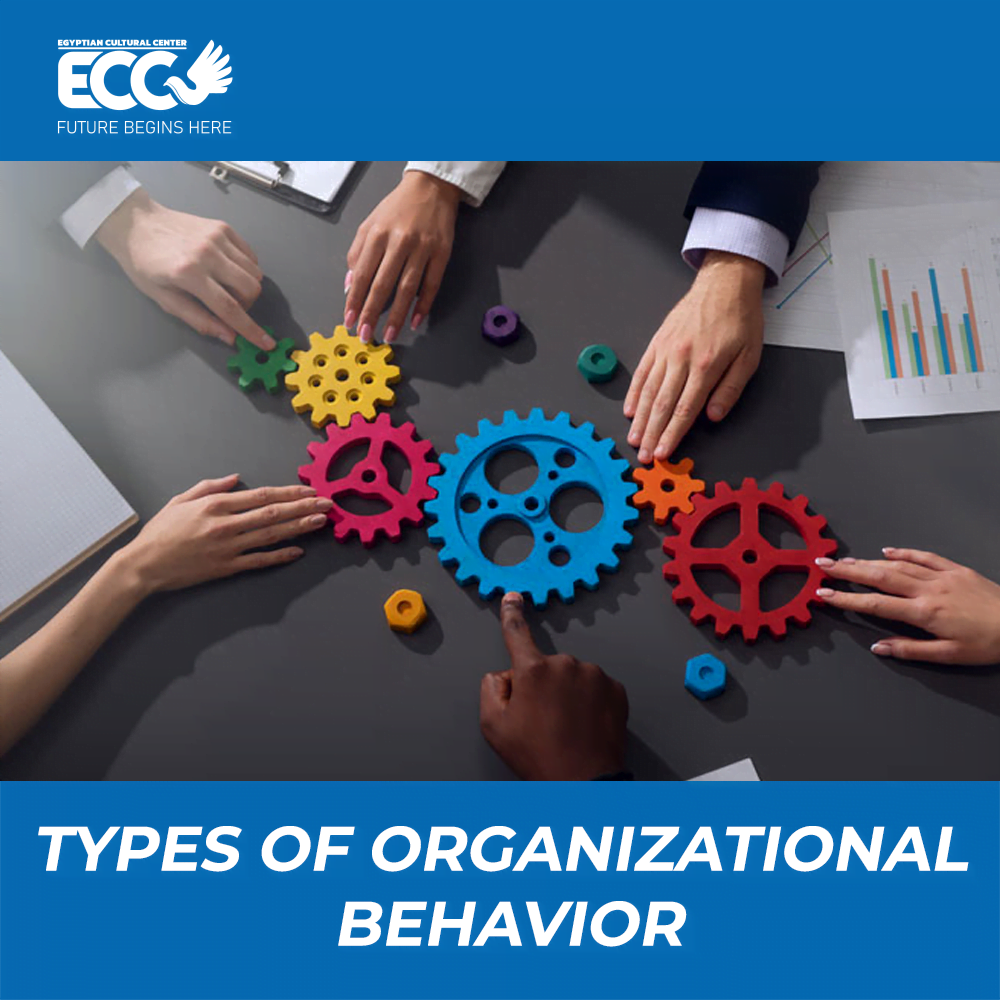Organizational behavior is a critical aspect of business management that examines the interactions between individuals and groups within an organization. Understanding the different types of organizational behavior can help business leaders create an effective work environment that motivates employees, boosts productivity, and enhances overall performance.
The following are some of the most common types of organizational behavior:
- Autocratic behavior: This type of behavior involves a management style where the leader makes decisions without consulting employees. This approach can be effective in situations where quick decisions are required, but it can create a negative work environment, leading to low employee morale and motivation.
- Democratic behavior: This type of behavior is a management style in which employees are actively involved in decision-making processes. This approach creates a positive work environment, as employees feel valued and empowered. It may also result in delayed decision-making procedures processes.
- Laissez-faire behavior: This type of behavior involves a management style where the leader provides employees with little direction. While this approach can create a relaxed work environment, it can also lead to confusion, disorganization, and poor employee performance.
- Bureaucratic behavior: This type of behavior is a management style in which the organization operates according to strict rules and procedures. While this approach creates a sense of order and predictability, it can also lead to inflexibility and resistance to change.
- Transformational behavior: This type of behavior involves a management style in which leaders inspire and motivate employees to reach their full potential. This approach creates a positive work culture, leading to increased employee engagement, productivity, and job satisfaction.
- Transactional behavior: This type of behavior involves rewarding employees for achieving specific goals or objectives. While this approach can create a results-driven work environment, it can also lead to a lack of creativity and innovation.
- Servant behavior: This type of behavior involves a management style in which leaders prioritize the needs of employees over their own. This approach creates a positive work culture, leading to increased employee engagement, productivity, and job satisfaction.
There are several key factors that affect organizational behavior, and understanding them can help managers create effective strategies to improve the culture and performance of their organization.
- Leadership: One of the most critical factors affecting organizational behavior is leadership. Effective leaders can motivate employees, set clear goals, and create a positive work environment. On the other hand, ineffective leadership can lead to low employee morale, high turnover rates, and reduced productivity.
- Communication: Effective communication is essential for creating a positive work environment. It helps build trust, facilitates teamwork, and encourages employee engagement. Poor communication, on the other hand, can lead to misunderstandings, conflicts, and reduced productivity.
- Organizational culture: An organization’s common values, beliefs, and practices have a significant impact on how its personnel behaves. A positive organizational culture can create a sense of belonging, increase employee engagement, and improve productivity. In contrast, a negative organizational culture can lead to low employee morale, high turnover rates, and reduced performance.
- Motivation: Motivation refers to the drive and willingness of employees to work towards achieving organizational goals. Effective motivation strategies can increase employee engagement, productivity, and job satisfaction. In contrast, a lack of motivation can lead to reduced performance, absenteeism, and turnover.
- Diversity: Diversity refers to the differences in race, ethnicity, gender, age, and other factors among employees within an organization. Embracing diversity can create a positive work environment, increase creativity, and improve problem-solving skills. On the other hand, a lack of diversity can lead to groupthink and reduced innovation.
- Work-life balance: Achieving a work-life balance is critical for employee well-being and job satisfaction. Effective work-life balance strategies can reduce stress, increase employee engagement, and improve retention rates. On the other hand, a lack of work-life balance can lead to burnout, reduced productivity, and high turnover rates.
organizational behavior is a critical aspect of business management that can help leaders create a positive work environment that motivates employees and enhances overall performance. Understanding the different types of organizational behavior can help business leaders adopt a management style that aligns with the organization’s goals and values, leading to increased employee engagement, productivity, and job satisfaction.


